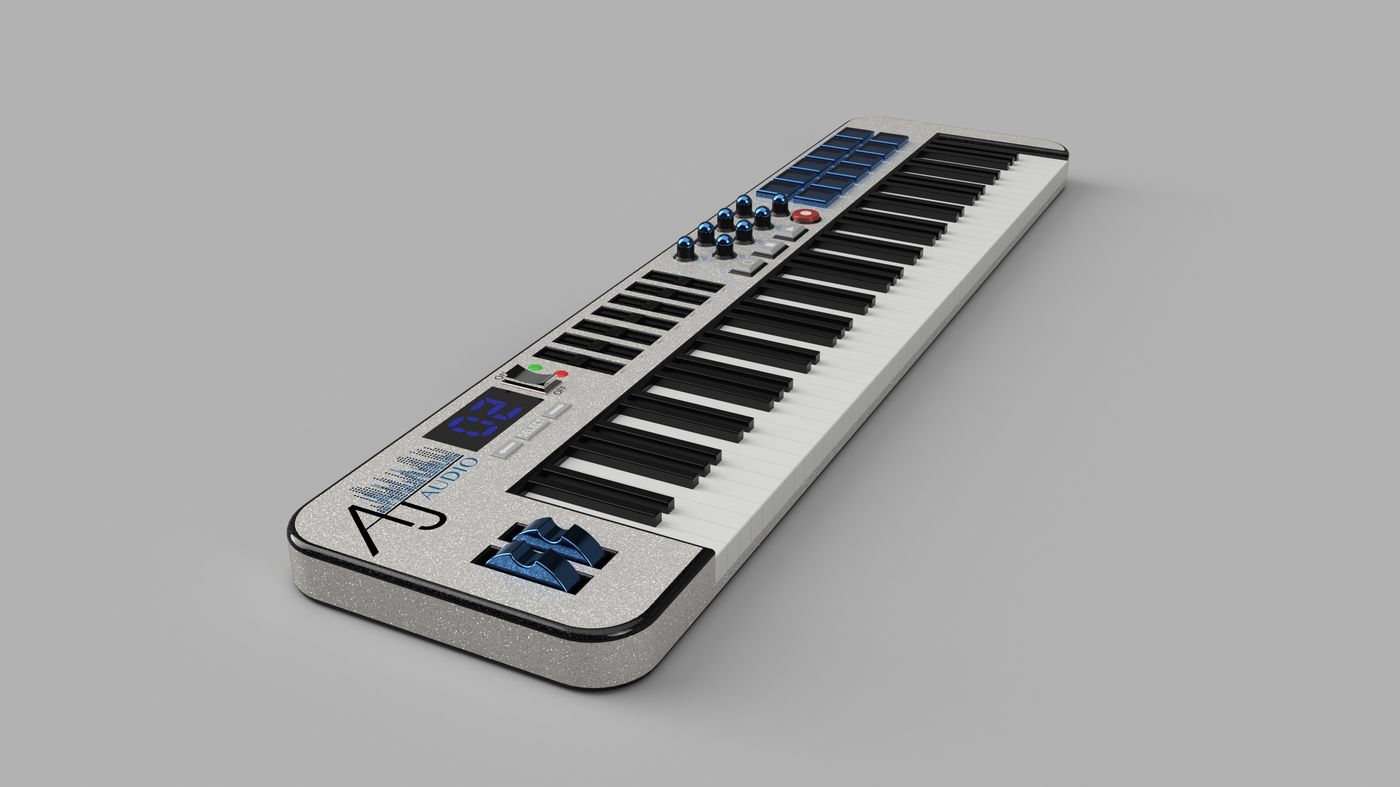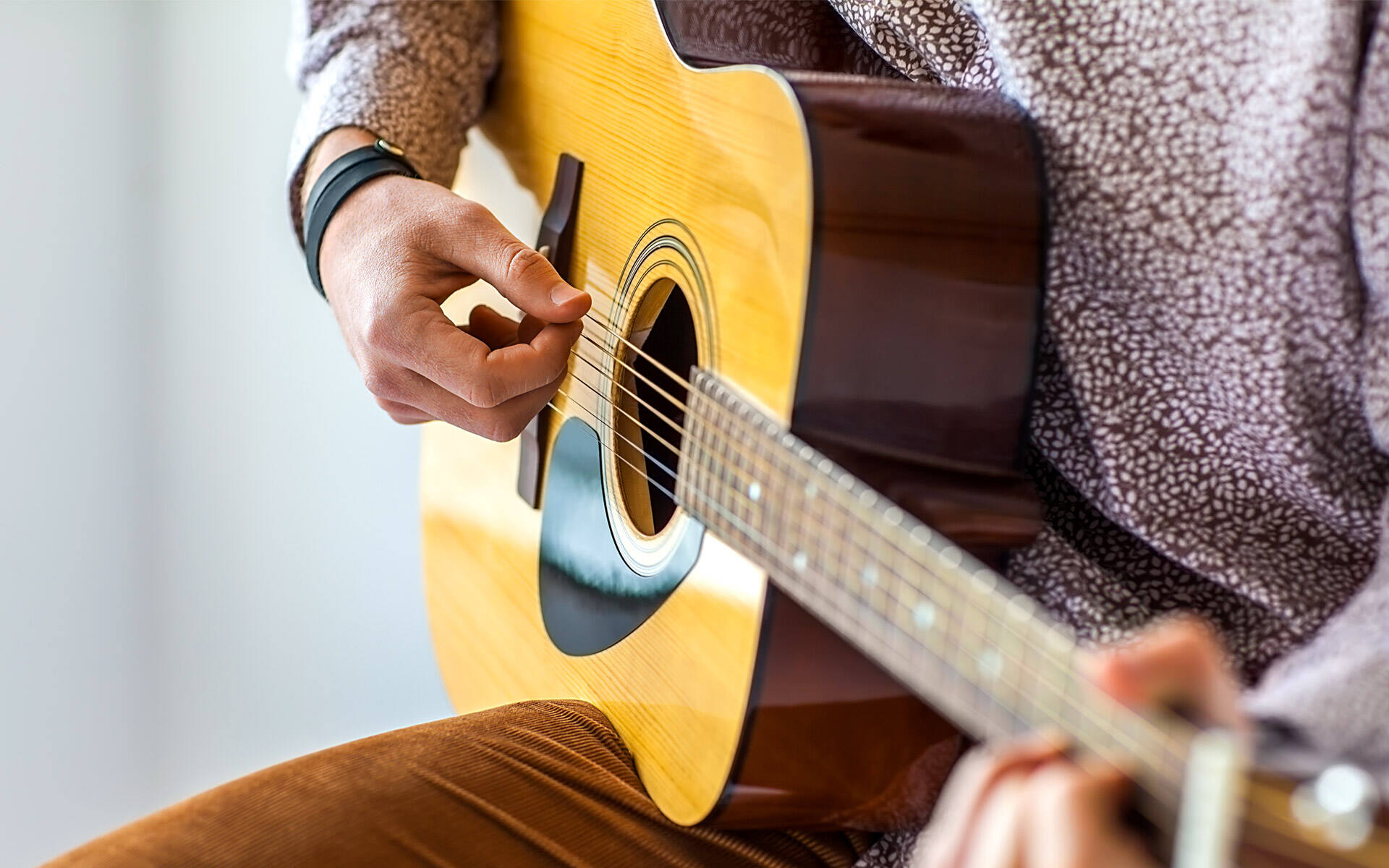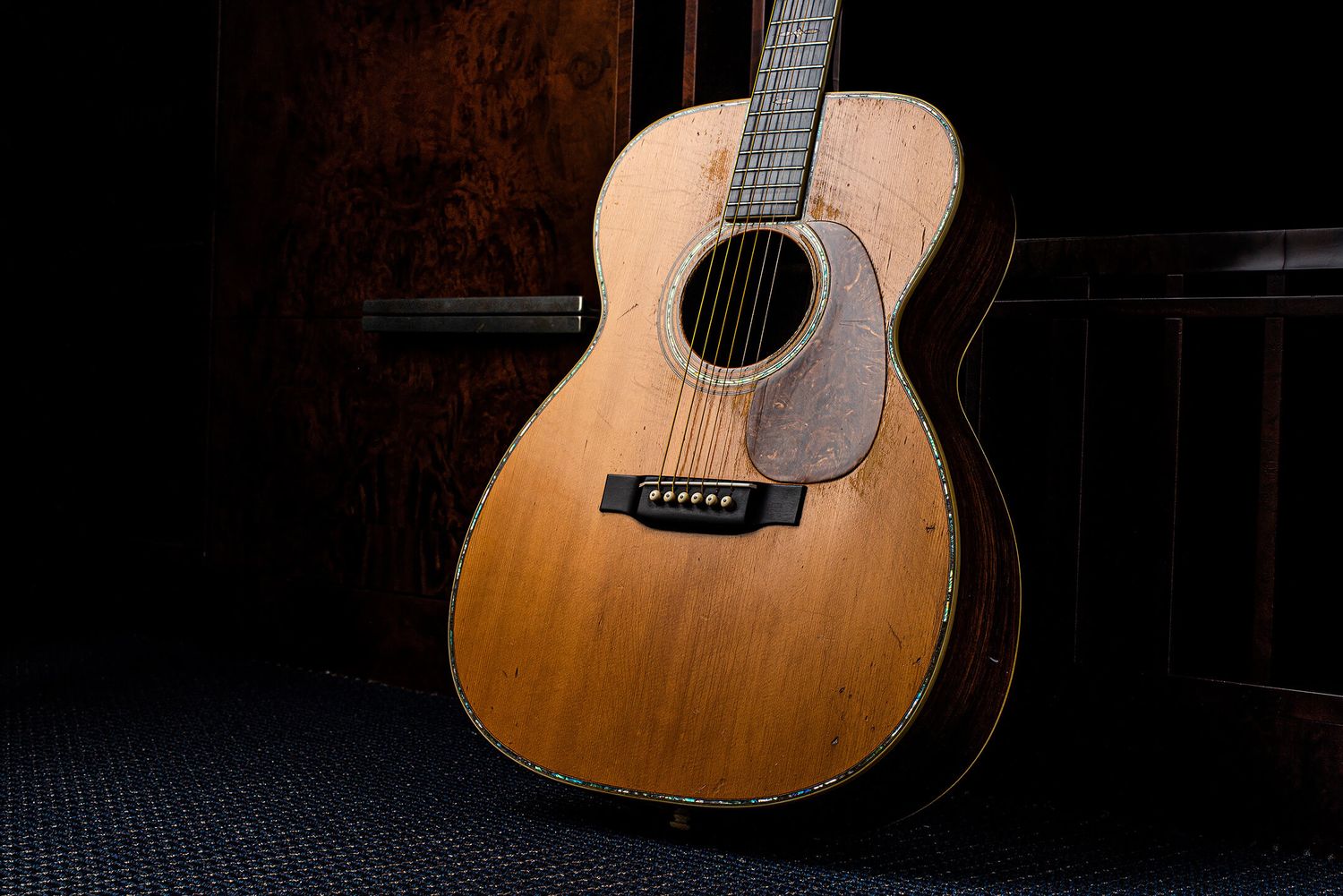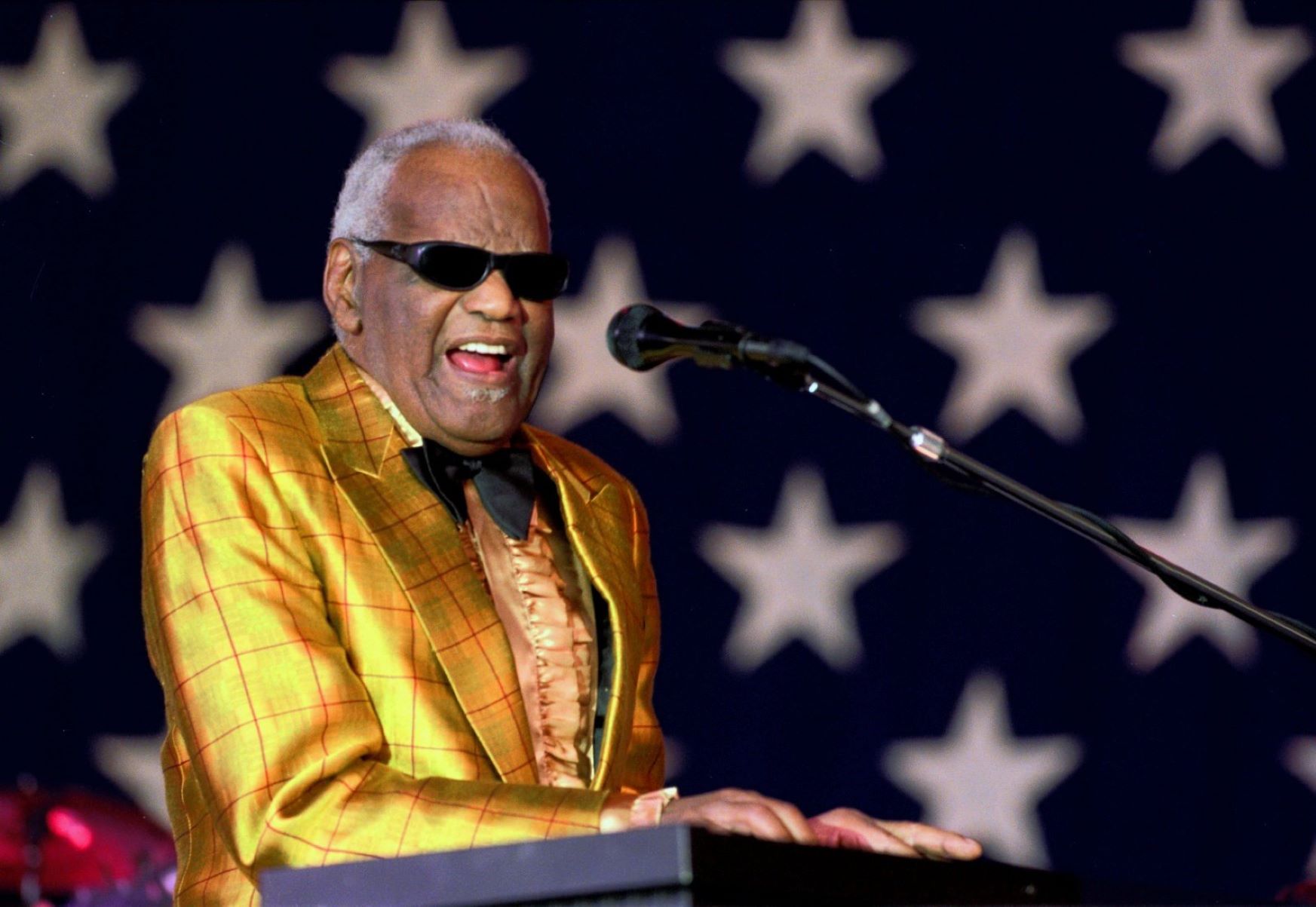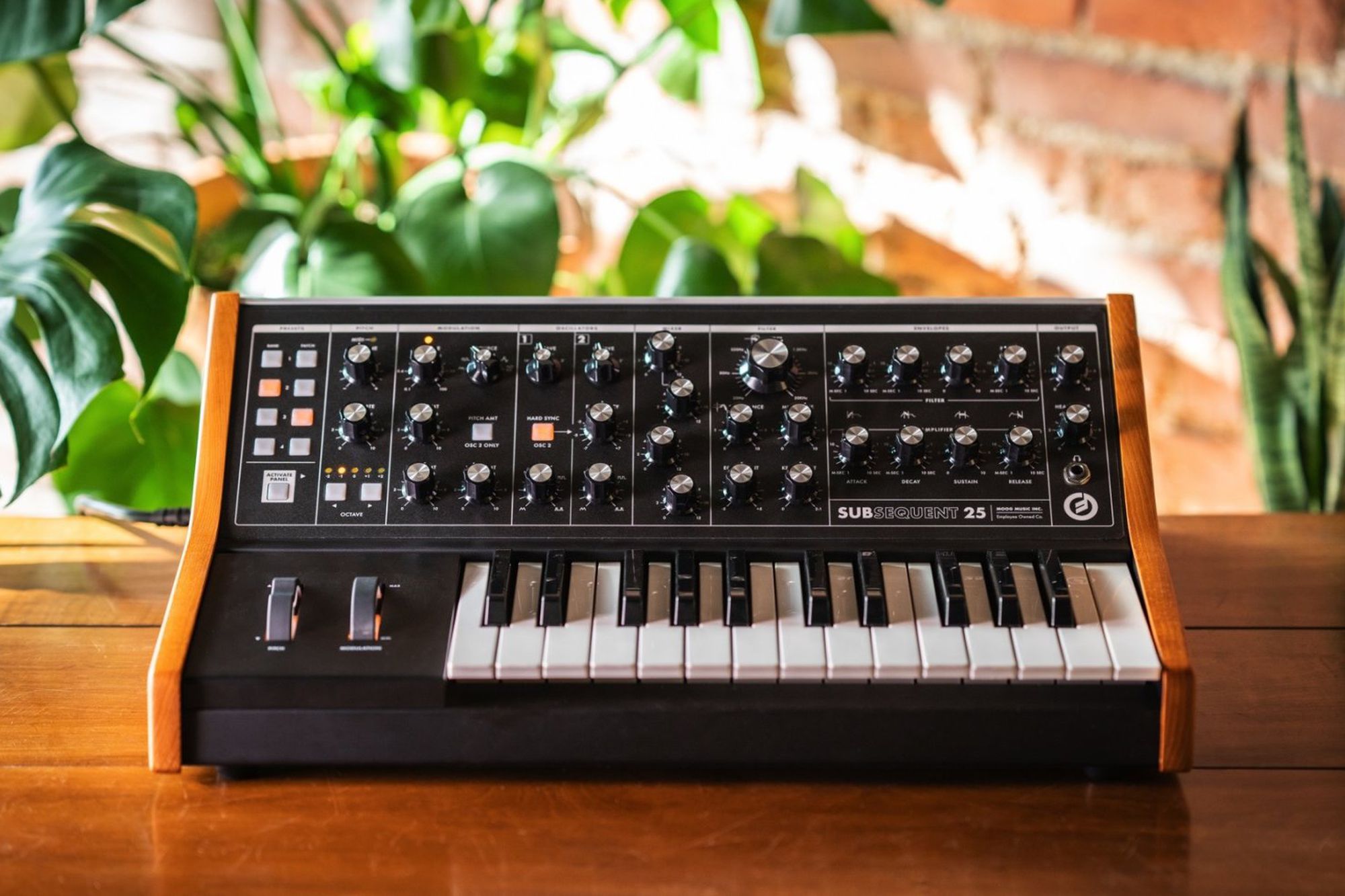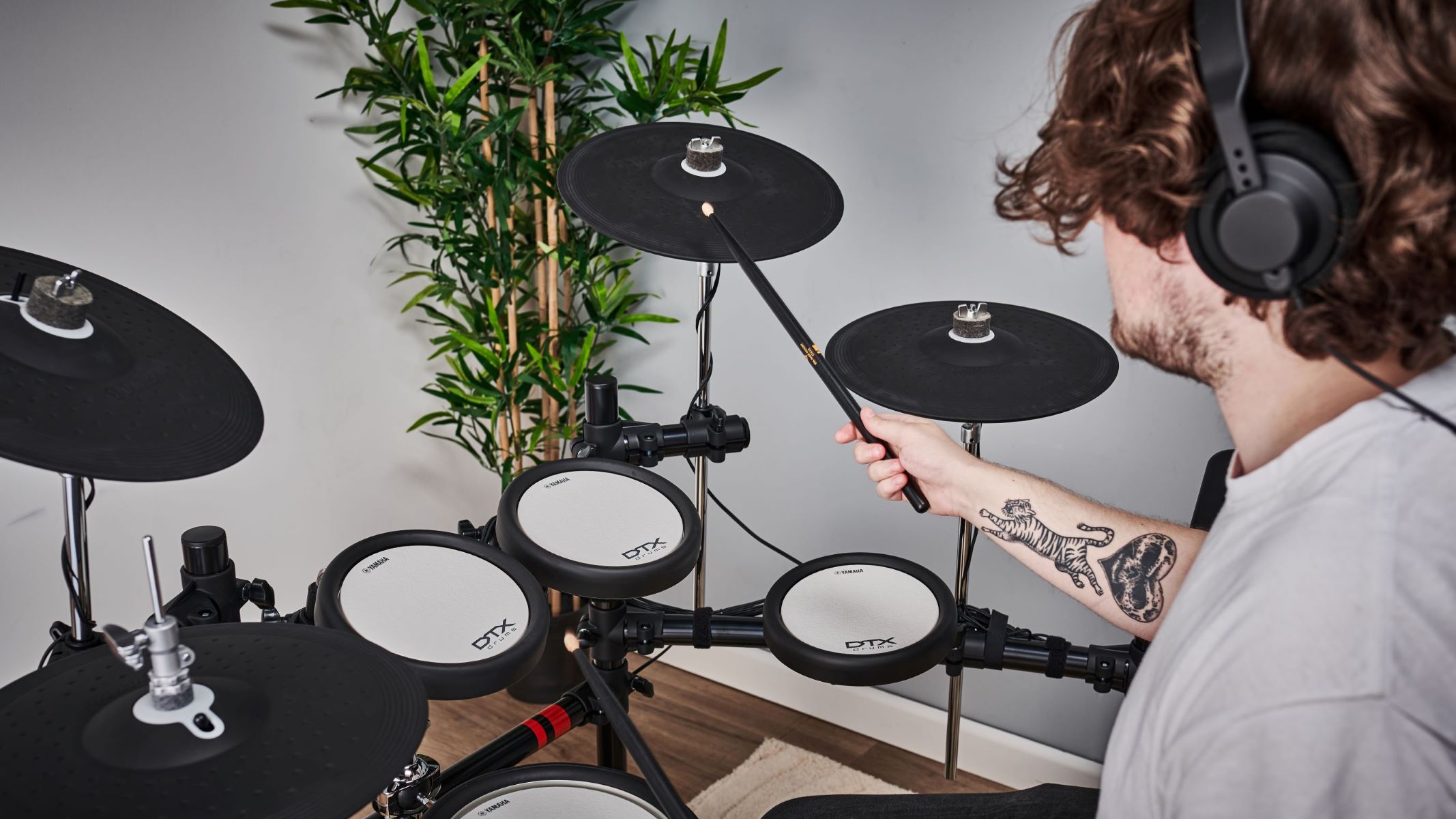Home>Instruments>Piano>Who Invented The Piano
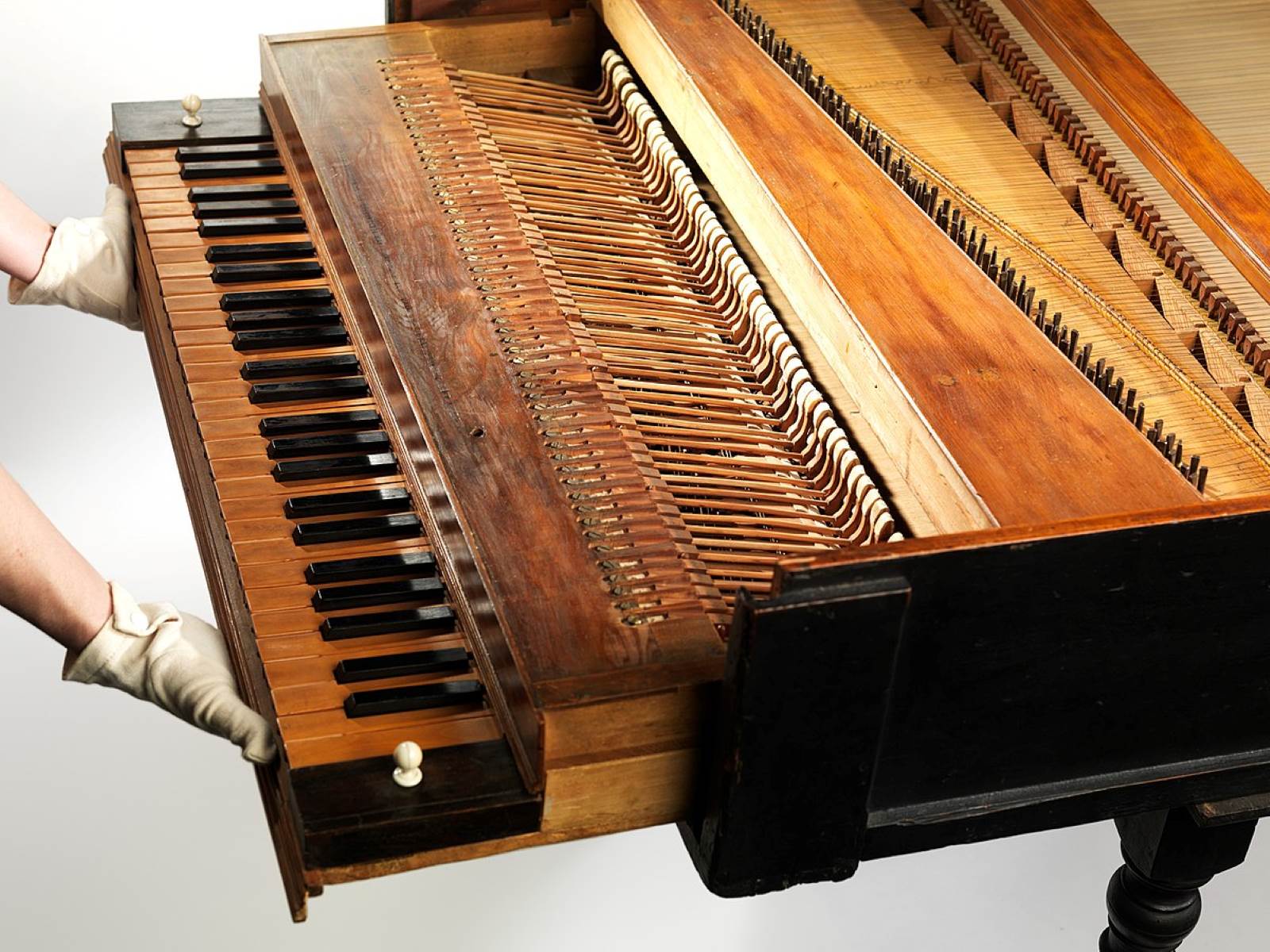

Piano
Who Invented The Piano
Published: February 12, 2024
Discover the history of the piano and the genius behind its invention. Learn about the evolution of this iconic musical instrument and its cultural significance. Explore the origins of the piano today!
(Many of the links in this article redirect to a specific reviewed product. Your purchase of these products through affiliate links helps to generate commission for AudioLover.com, at no extra cost. Learn more)
Table of Contents
Introduction
The Rich History and Inventive Evolution of the Piano
The piano, a magnificent and versatile musical instrument, has captured the hearts of music enthusiasts for centuries. Its melodic resonance has the power to evoke a wide range of emotions and has become an integral part of various musical genres, from classical to contemporary. In this article, we embark on a captivating journey through time to explore the origins and evolution of the piano, shedding light on the brilliant mind behind its invention and the transformative impact it has had on the world of music.
As we delve into the history of the piano, we will uncover the fascinating story of its evolution, from the early keyboard instruments to the groundbreaking innovations that led to the creation of the modern piano. Our exploration will reveal the ingenuity and craftsmanship that have shaped the instrument into the iconic marvel it is today.
Join us as we unravel the tale of the piano's remarkable evolution, from its humble beginnings to its status as a timeless masterpiece that continues to enchant and inspire musicians and audiences worldwide.
History of Keyboard Instruments
The history of keyboard instruments is a rich tapestry woven with innovation and ingenuity, dating back to ancient civilizations. The earliest known keyboard instrument, the hydraulis, was crafted by the ancient Greeks and is considered the precursor to the modern organ. This remarkable invention laid the foundation for the development of keyboard instruments, setting the stage for the evolution of the piano.
Throughout the medieval and Renaissance periods, various keyboard instruments, such as the harpsichord and clavichord, gained popularity across Europe. These instruments, with their unique tonal qualities and expressive capabilities, contributed to the flourishing of musical artistry during these eras. The harpsichord, in particular, held a prominent place in the courts and salons of the aristocracy, serving as a symbol of refinement and cultural sophistication.
By the late 17th century, the harpsichord had become a staple in musical compositions, showcasing its ability to convey intricate melodies and harmonies. However, the quest for a keyboard instrument capable of dynamic expression and nuanced control over volume and tone spurred inventors and craftsmen to seek new possibilities.
Amid this backdrop of musical innovation, the stage was set for a groundbreaking advancement that would forever change the course of music history: the invention of the piano.
The evolution of keyboard instruments serves as a testament to human creativity and the relentless pursuit of artistic excellence. Each instrument that preceded the piano contributed to the refinement of keyboard mechanics and musical expression, paving the way for the revolutionary leap that would be made by Bartolomeo Cristofori, the visionary inventor of the piano.
Bartolomeo Cristofori and the Invention of the Piano
The captivating story of the piano’s inception is intrinsically tied to the ingenious craftsmanship of Bartolomeo Cristofori, an Italian instrument maker who revolutionized the world of music with his groundbreaking invention. In the early 18th century, Cristofori’s relentless pursuit of musical innovation led to the creation of the instrument that would eventually become known as the piano.
Before the piano, keyboard instruments such as the harpsichord and clavichord were prevalent, but they lacked the ability to produce varying levels of sound based on the force with which the keys were struck. Recognizing this limitation, Cristofori set out to design an instrument that would offer musicians unprecedented control over dynamics and expression.
In 1700, Cristofori’s vision came to fruition with the development of the “gravicembalo col piano e forte,” which translates to “harpsichord with soft and loud” – a name that succinctly encapsulates the instrument’s defining characteristic. This innovative creation introduced a mechanism that allowed hammers to strike the strings with varying degrees of force, enabling the player to produce notes at different dynamic levels, thus laying the foundation for the modern piano’s expressive capabilities.
Cristofori’s piano was met with intrigue and admiration, captivating the musical community with its remarkable versatility and dynamic range. Despite initial skepticism, the piano’s transformative potential soon became evident, and its popularity soared, marking the dawn of a new era in musical performance and composition.
While Cristofori’s original pianos underwent subsequent refinements by other skilled artisans, his pioneering contribution to the world of music remains unparalleled. His inventive spirit and dedication to pushing the boundaries of musical expression left an indelible mark on history, shaping the trajectory of musical innovation for centuries to come.
The invention of the piano stands as a testament to the power of human creativity and the enduring impact of visionary individuals like Bartolomeo Cristofori, whose ingenuity continues to resonate through the enchanting melodies and captivating performances made possible by his revolutionary invention.
Evolution of the Piano
The evolution of the piano is a testament to the enduring spirit of innovation and the quest for artistic excellence. Following Bartolomeo Cristofori’s groundbreaking invention, the piano underwent a remarkable transformation, evolving into the iconic instrument cherished by musicians and audiences worldwide.
Throughout the 18th and 19th centuries, master craftsmen and artisans refined Cristofori’s original design, incorporating enhancements that further enhanced the instrument’s tonal richness, dynamic responsiveness, and overall playability. These advancements culminated in the development of the fortepiano, a predecessor of the modern piano that boasted a more robust sound and improved structural stability.
As the demand for pianos surged, particularly among the burgeoning middle class, renowned piano makers such as Johann Andreas Stein and Sébastien Érard played pivotal roles in refining and popularizing the instrument. Their contributions, including innovations in action mechanisms and string construction, propelled the piano to new heights of sonic versatility and expressive potential.
By the 19th century, the piano had become a centerpiece of musical composition and performance, featuring prominently in the works of renowned composers such as Ludwig van Beethoven, Frédéric Chopin, and Franz Liszt. The instrument’s expanded range, coupled with advancements in construction and design, empowered composers to explore new musical territories and push the boundaries of artistic expression.
The late 19th and early 20th centuries witnessed further evolution in piano design, marked by the advent of the upright piano and the grand piano as we know them today. These iterations introduced innovations in string tension, soundboard construction, and keyboard mechanisms, solidifying the piano’s status as a paragon of musical craftsmanship and sonic beauty.
With the dawn of the digital age, the piano experienced yet another transformative evolution, giving rise to the digital piano and electronic keyboards. These modern iterations, equipped with cutting-edge technology and digital sound replication, have expanded the horizons of musical creativity while paying homage to the timeless legacy of the acoustic piano.
Today, the piano continues to captivate enthusiasts and virtuosos alike, serving as a timeless symbol of musical sophistication and artistic refinement. Its enduring evolution stands as a testament to the unwavering pursuit of musical excellence and the enduring legacy of innovation that continues to shape the world of music.
Conclusion
The piano stands as a testament to the remarkable journey of human ingenuity and artistic expression. From its inception as a revolutionary invention by Bartolomeo Cristofori to its evolution into a paragon of musical craftsmanship, the piano has left an indelible mark on the world of music, captivating hearts and minds across centuries.
Through the rich history of keyboard instruments, including the harpsichord and clavichord, the stage was set for Cristofori’s groundbreaking innovation. His invention of the piano, with its unprecedented dynamic capabilities, reshaped the landscape of musical composition and performance, ushering in an era of unparalleled expressive potential.
The evolution of the piano, marked by the contributions of visionary artisans and craftsmen, propelled the instrument to new heights of sonic richness and tonal versatility. From the fortepiano to the modern grand and upright pianos, each iteration reflected a relentless pursuit of excellence and a commitment to pushing the boundaries of musical artistry.
As the piano continues to inspire musicians and enchant audiences worldwide, its enduring legacy serves as a testament to the enduring power of human creativity and the profound impact of visionary innovation. The instrument’s timeless allure and captivating resonance ensure that it will remain a cherished centerpiece of musical expression for generations to come.
In a world where technological advancements have reshaped the musical landscape, the piano’s evolution has embraced digital innovation while honoring the timeless traditions of acoustic craftsmanship. The digital piano and electronic keyboards, born from the piano’s enduring legacy, continue to expand the horizons of musical creativity, ensuring that the spirit of the piano lives on in new and innovative forms.
As we reflect on the remarkable history and evolution of the piano, we are reminded of the enduring power of music to transcend time and touch the depths of the human soul. The piano’s journey, from its humble origins to its status as a cultural icon, serves as a testament to the transformative impact of artistic vision and the unyielding pursuit of musical excellence.


